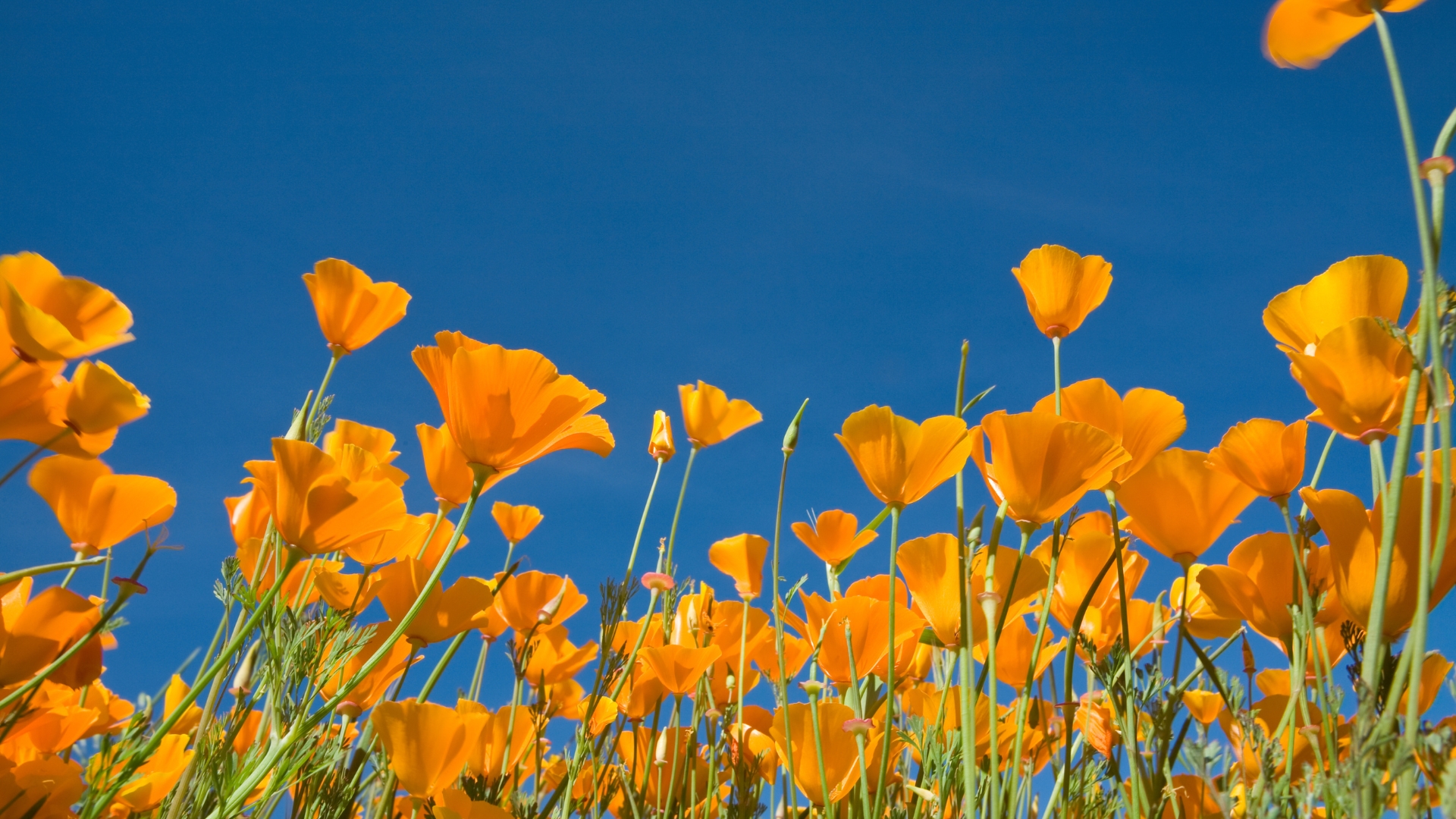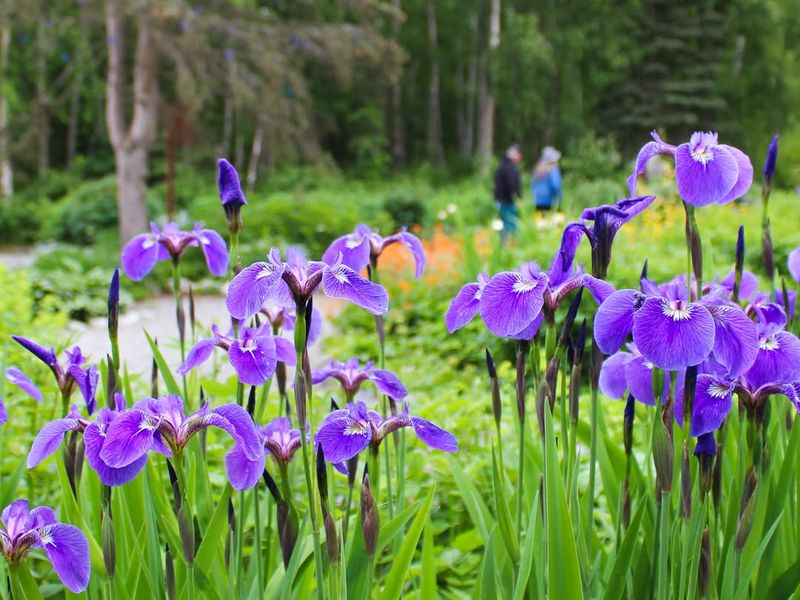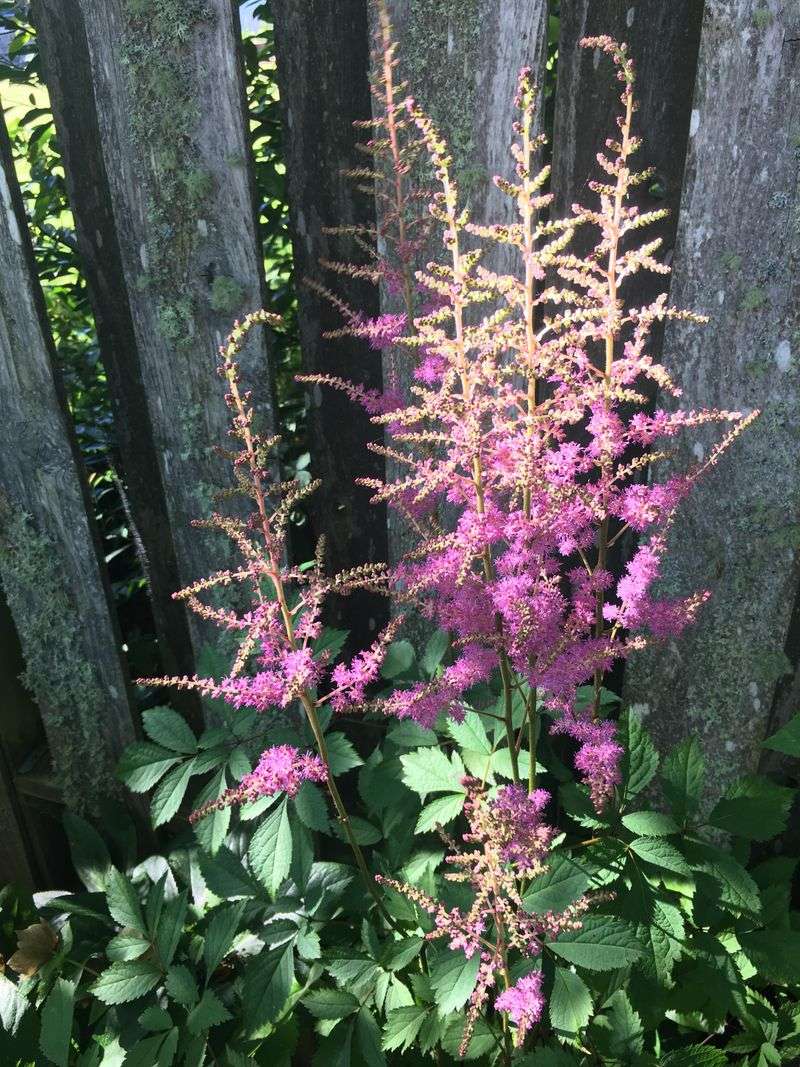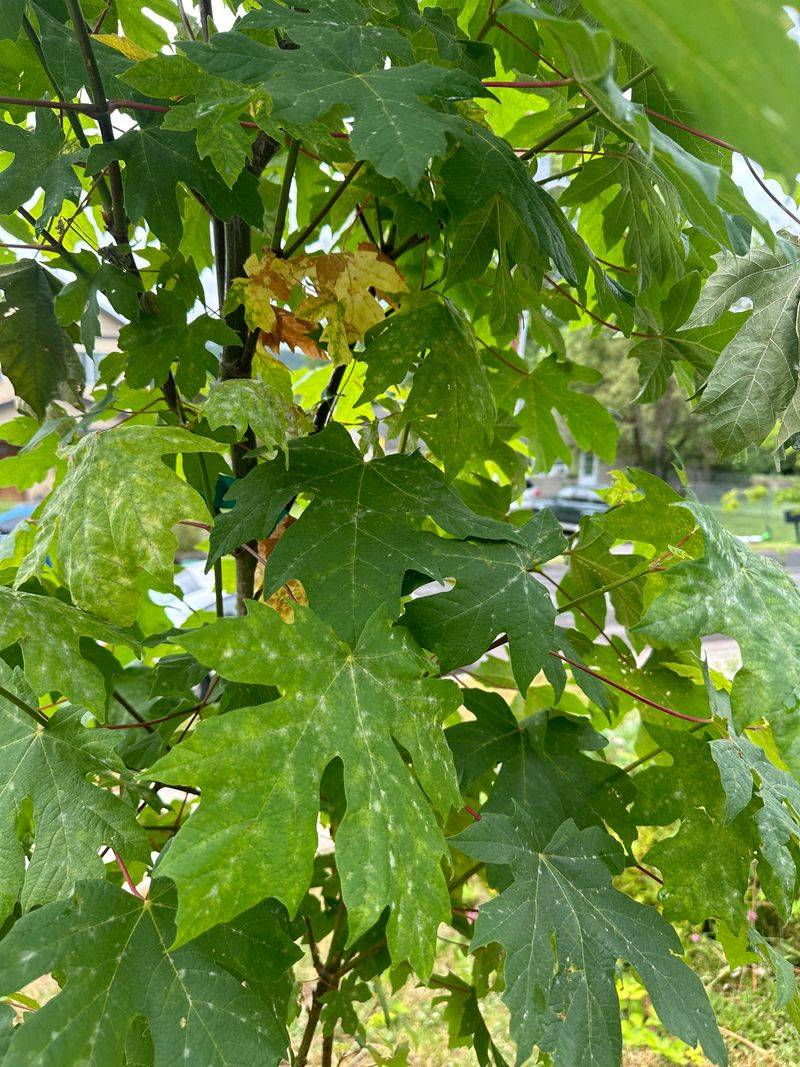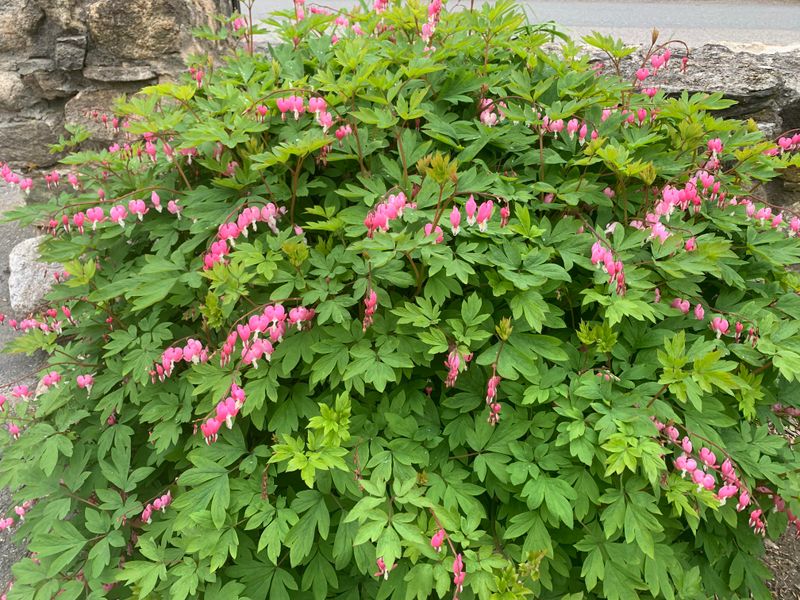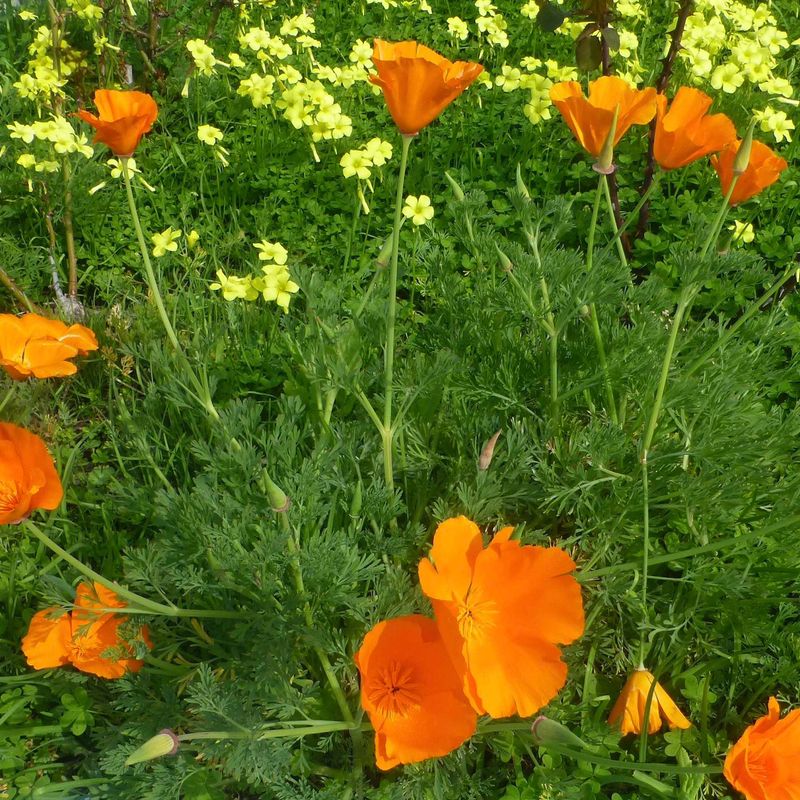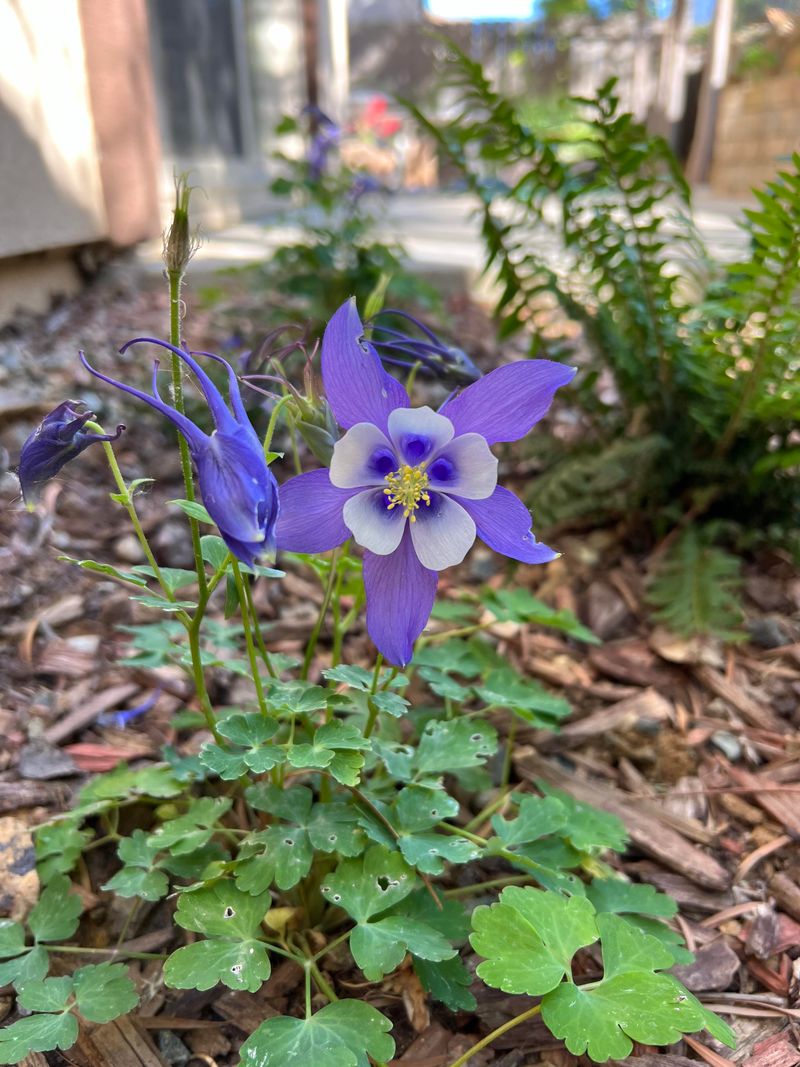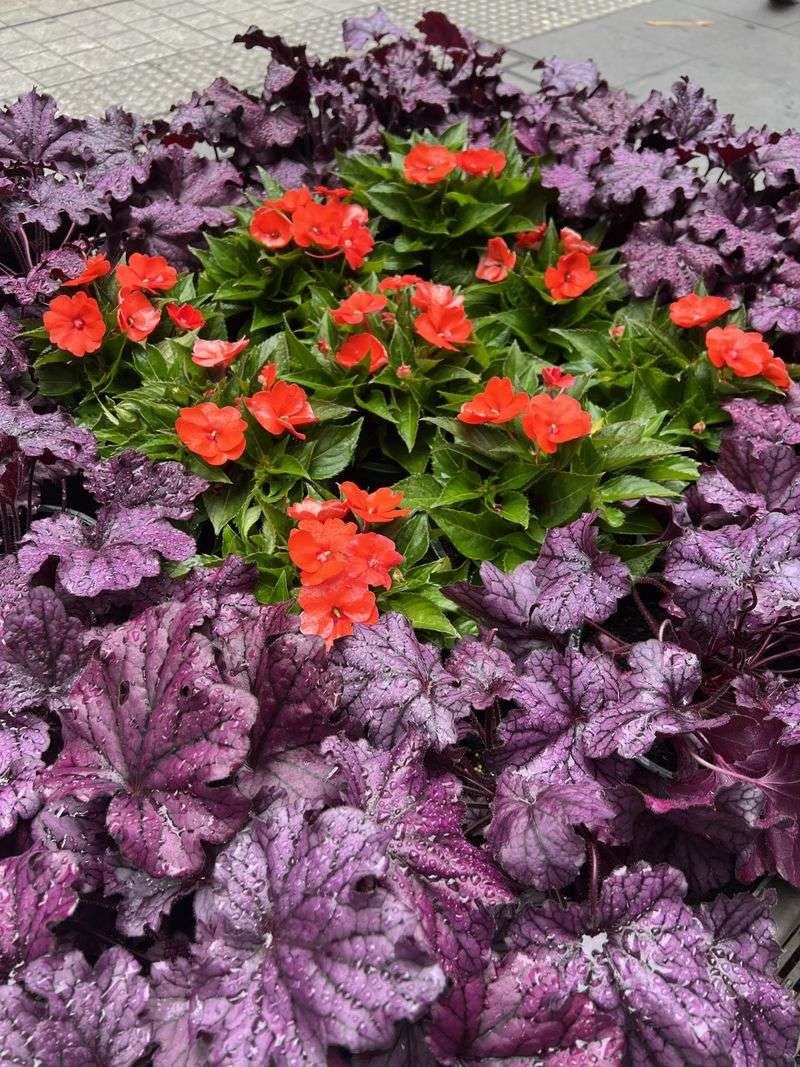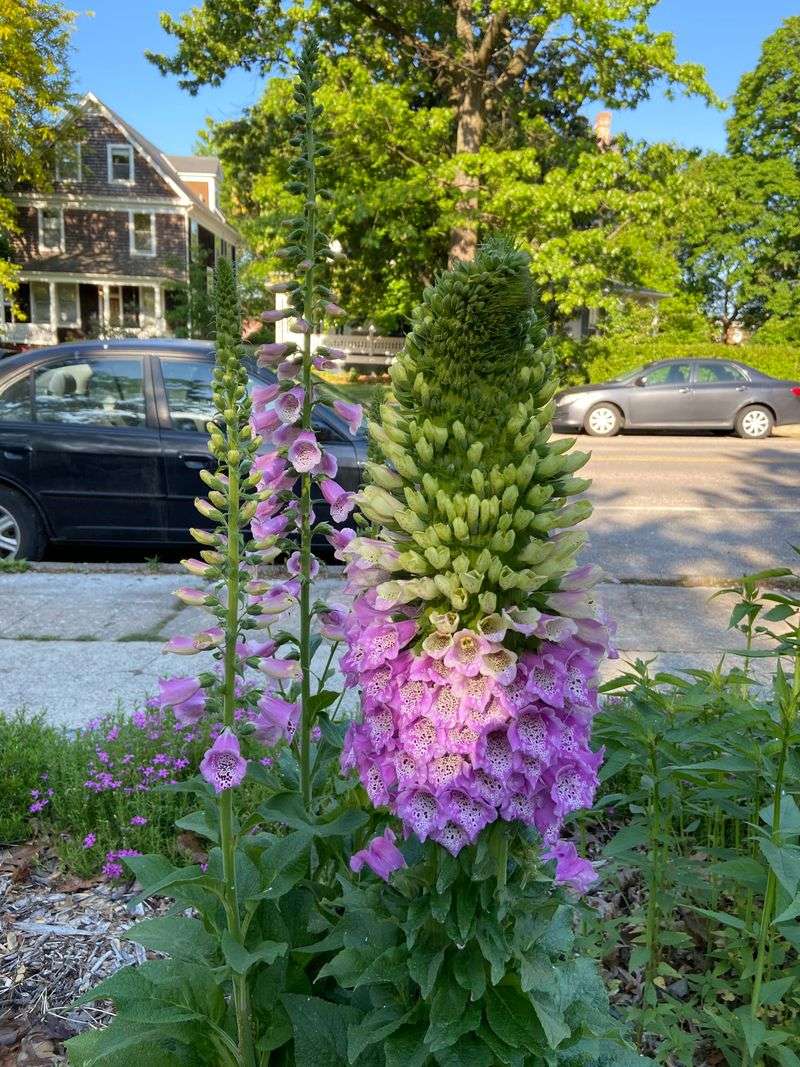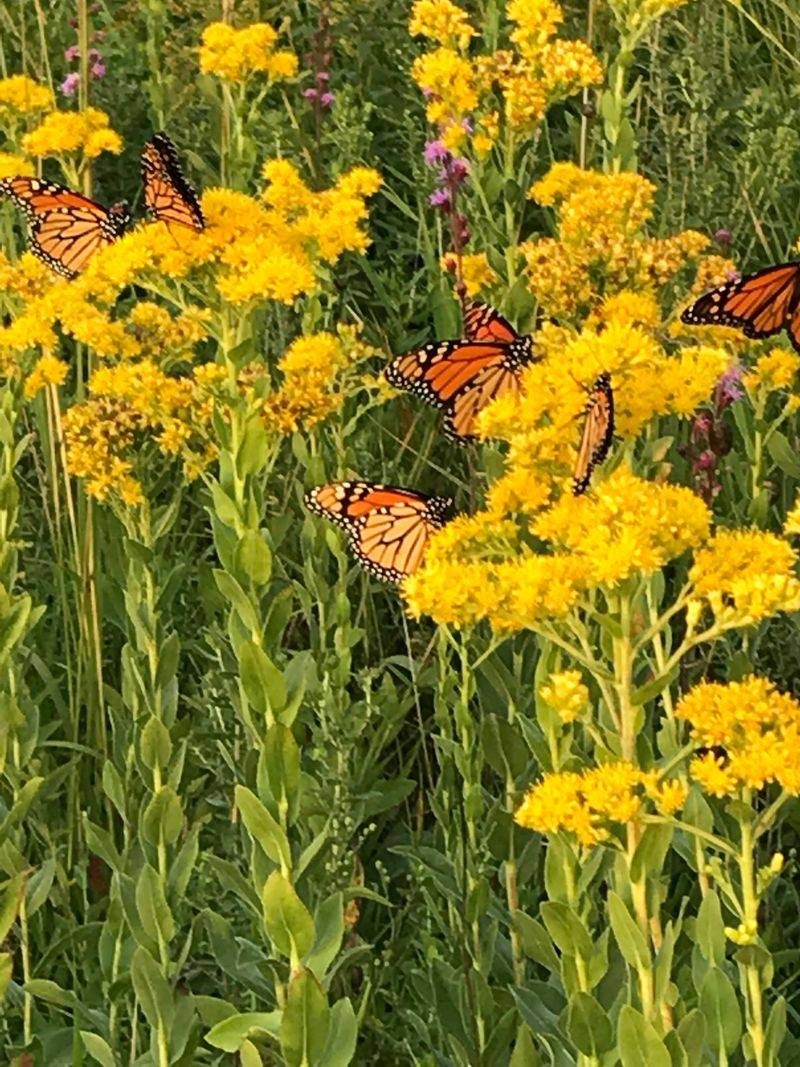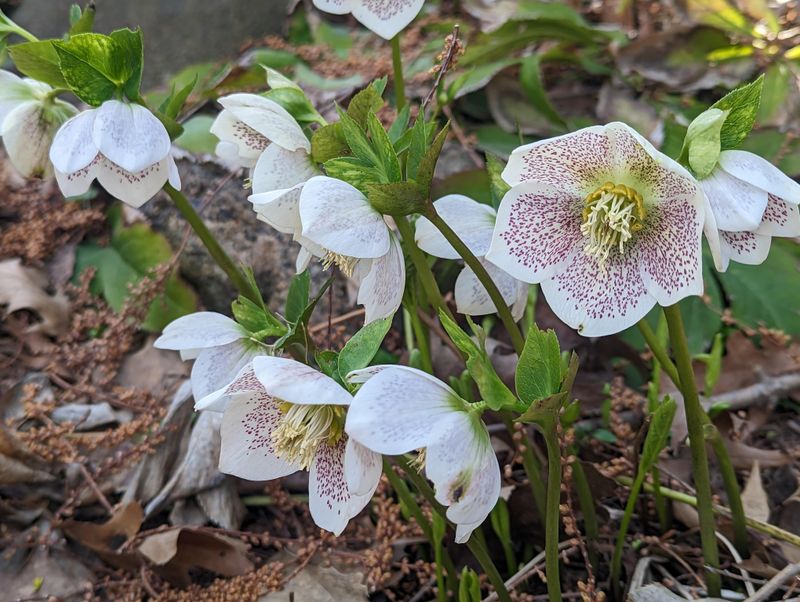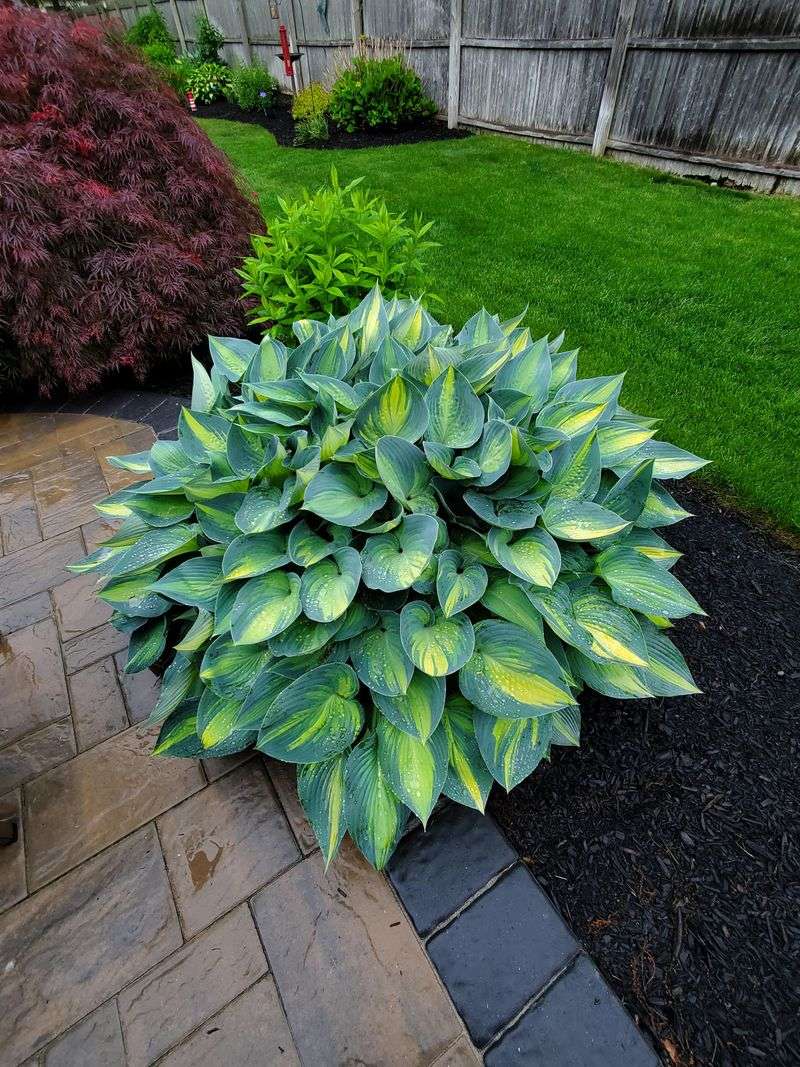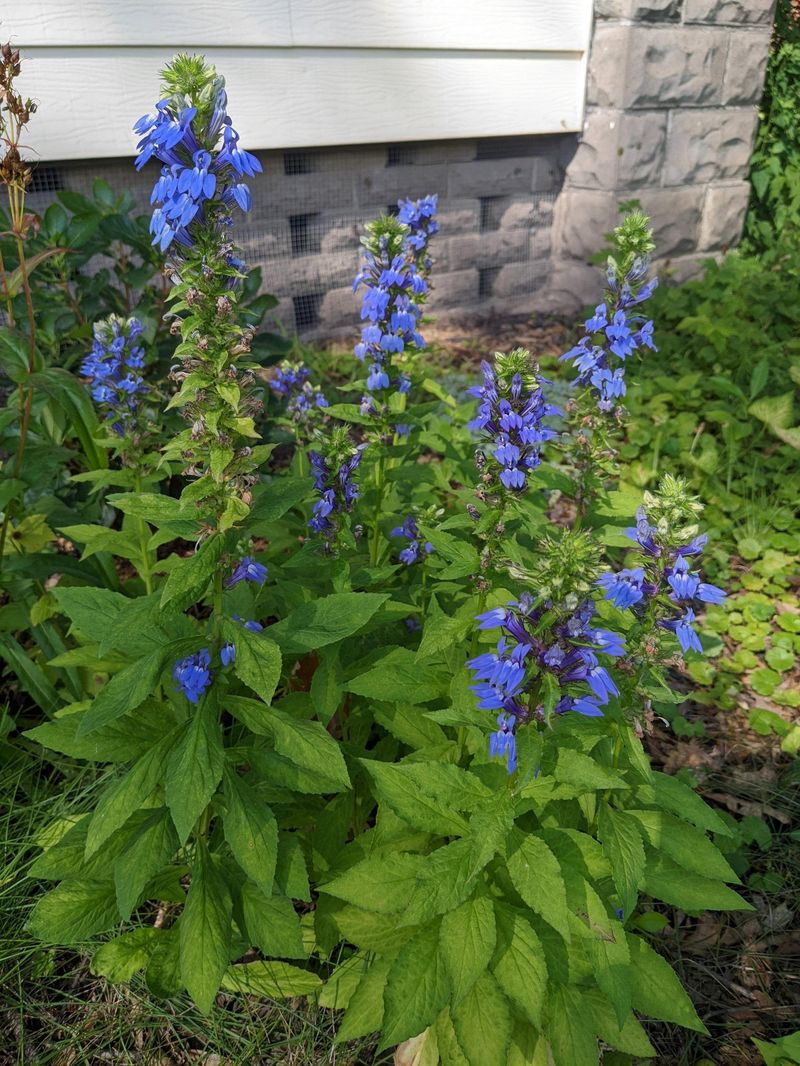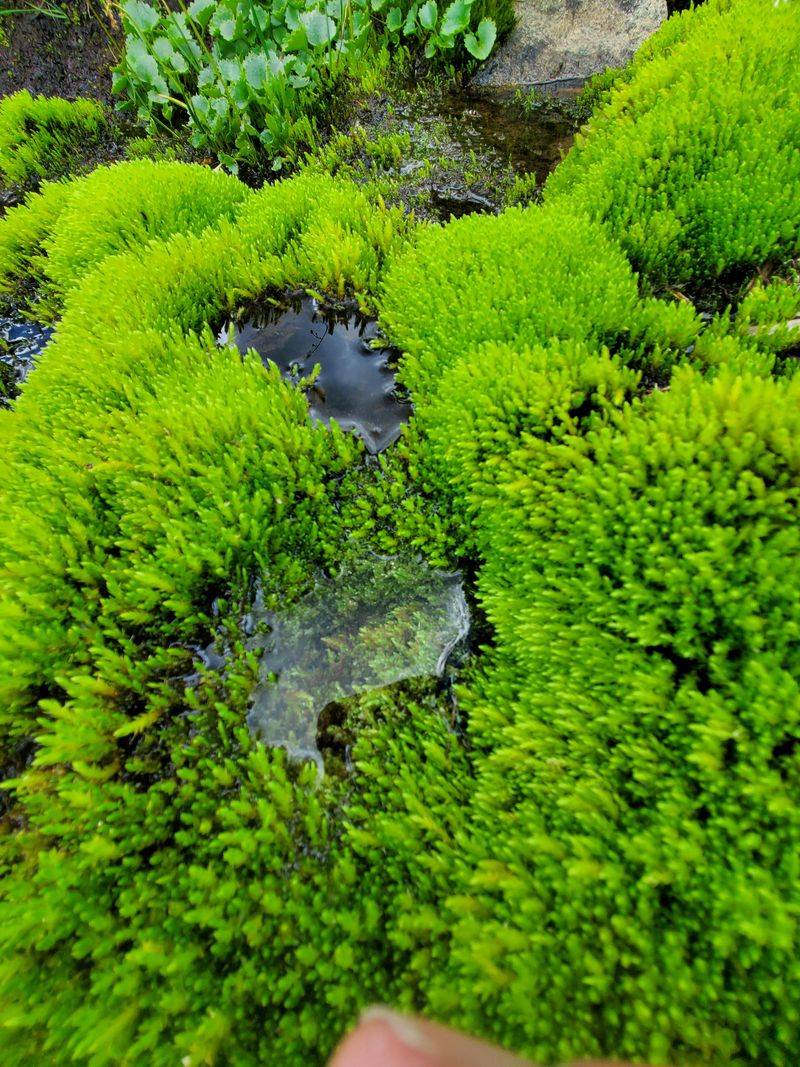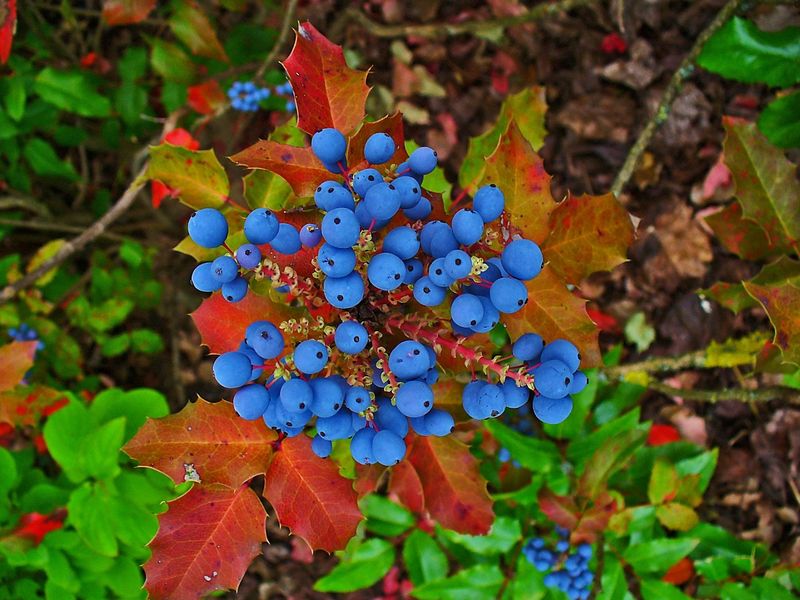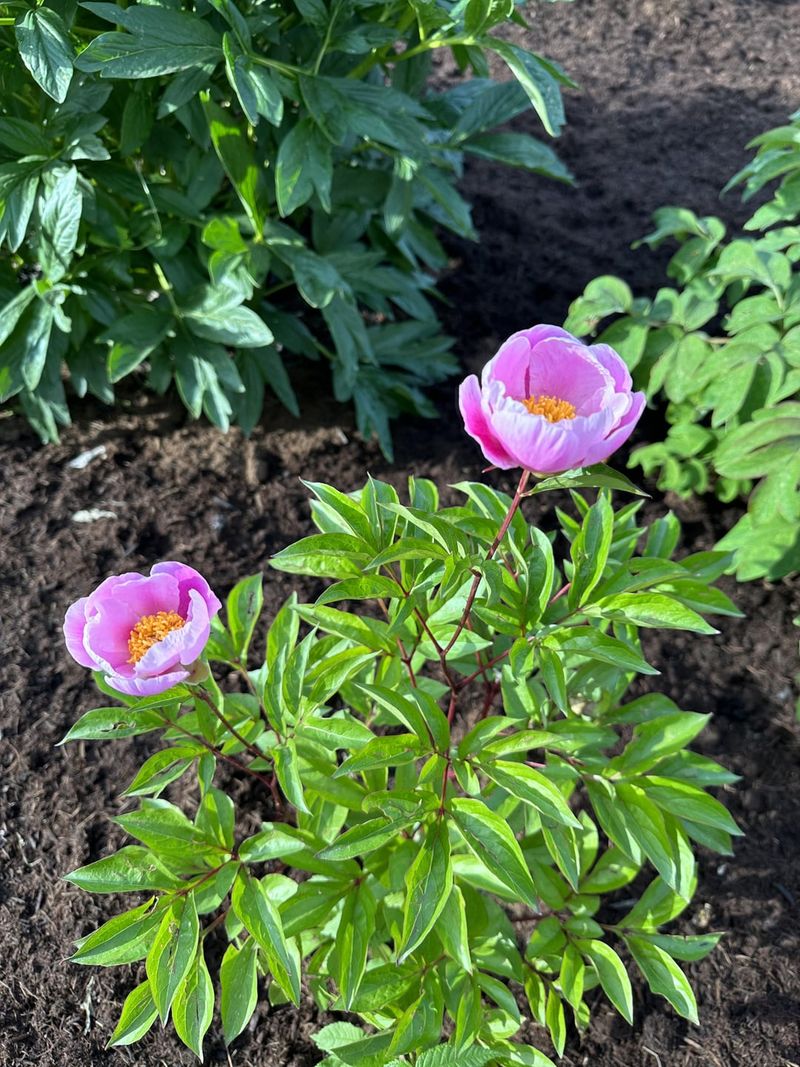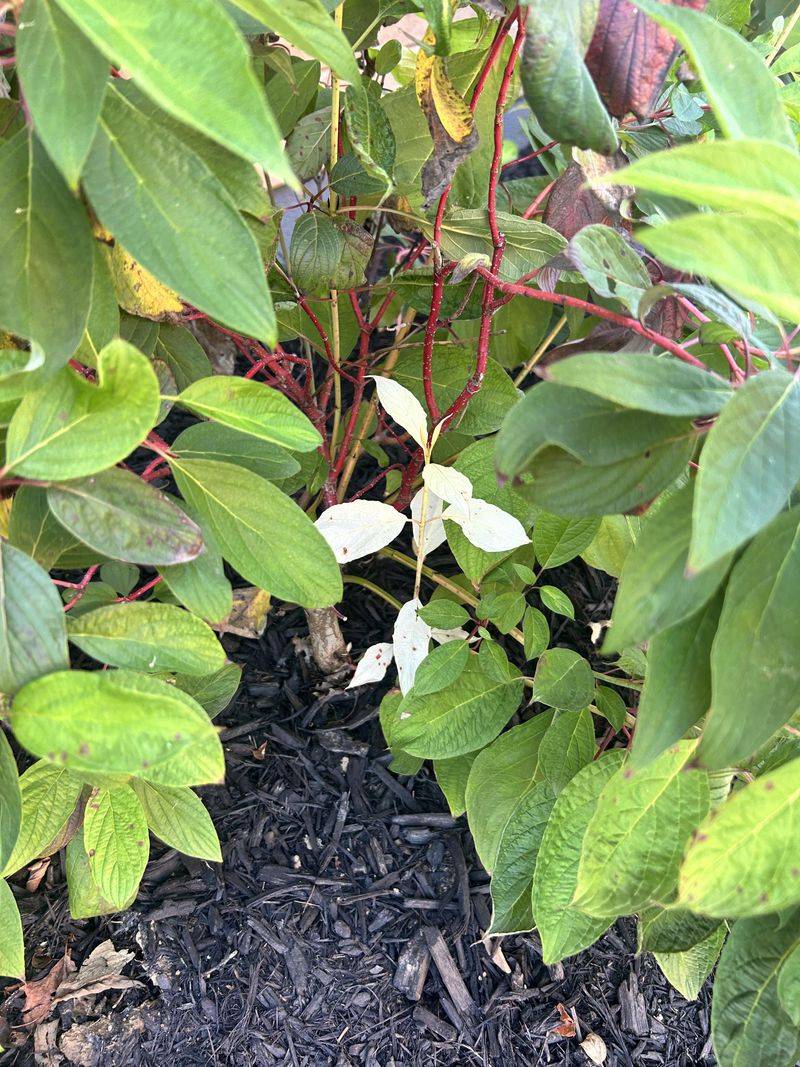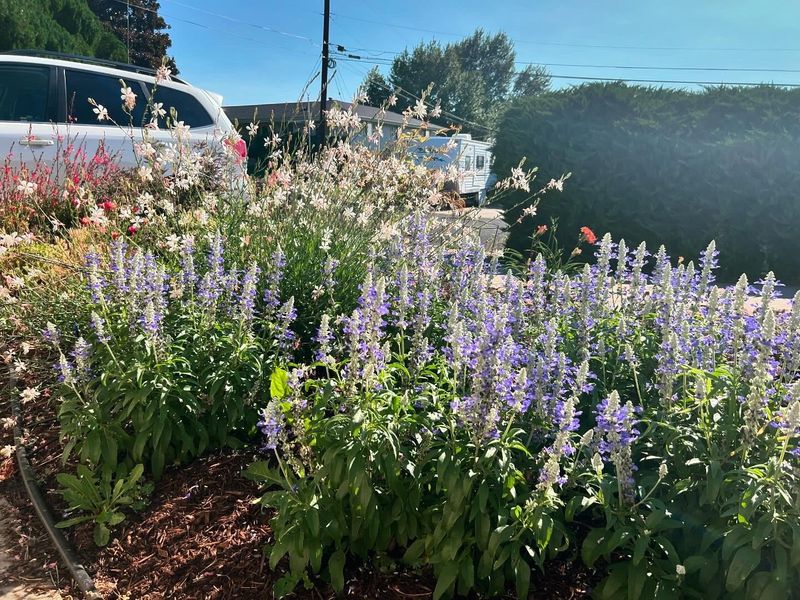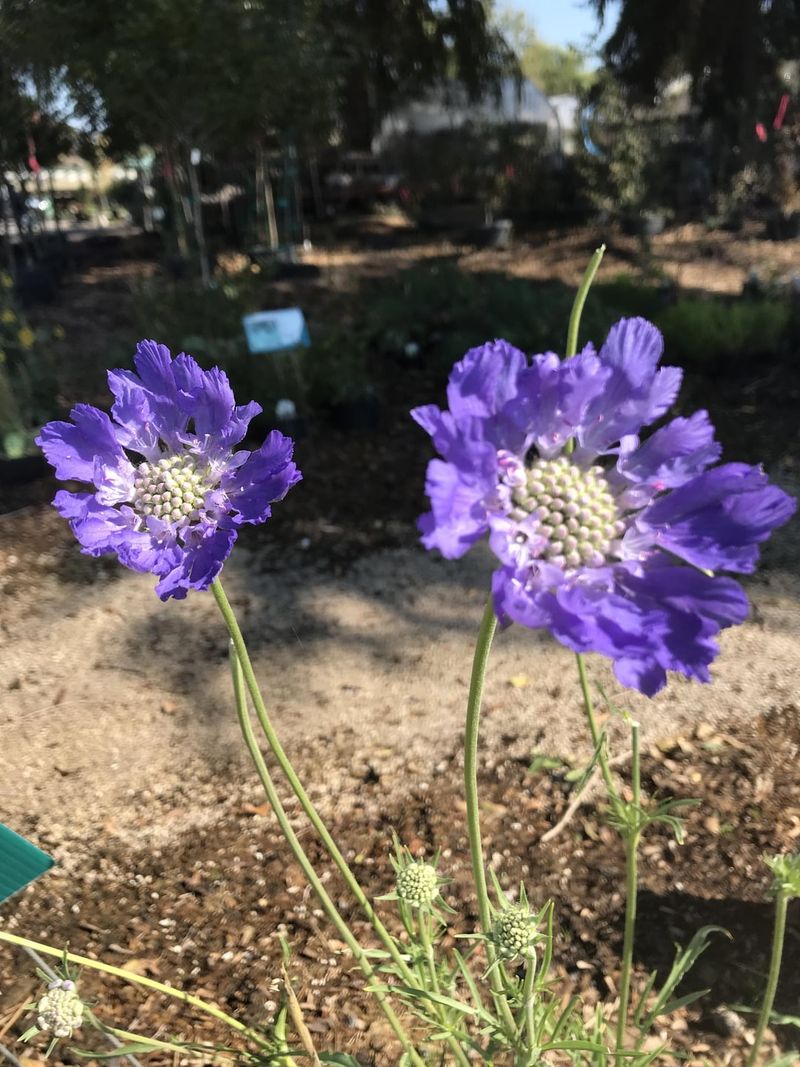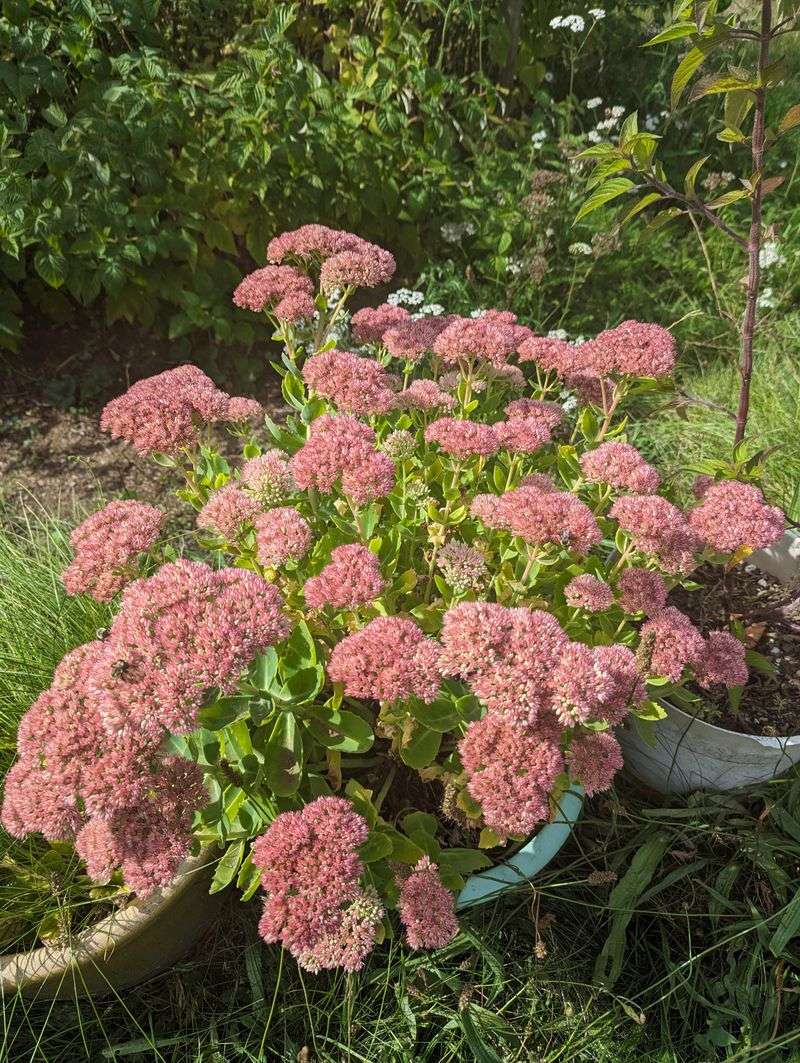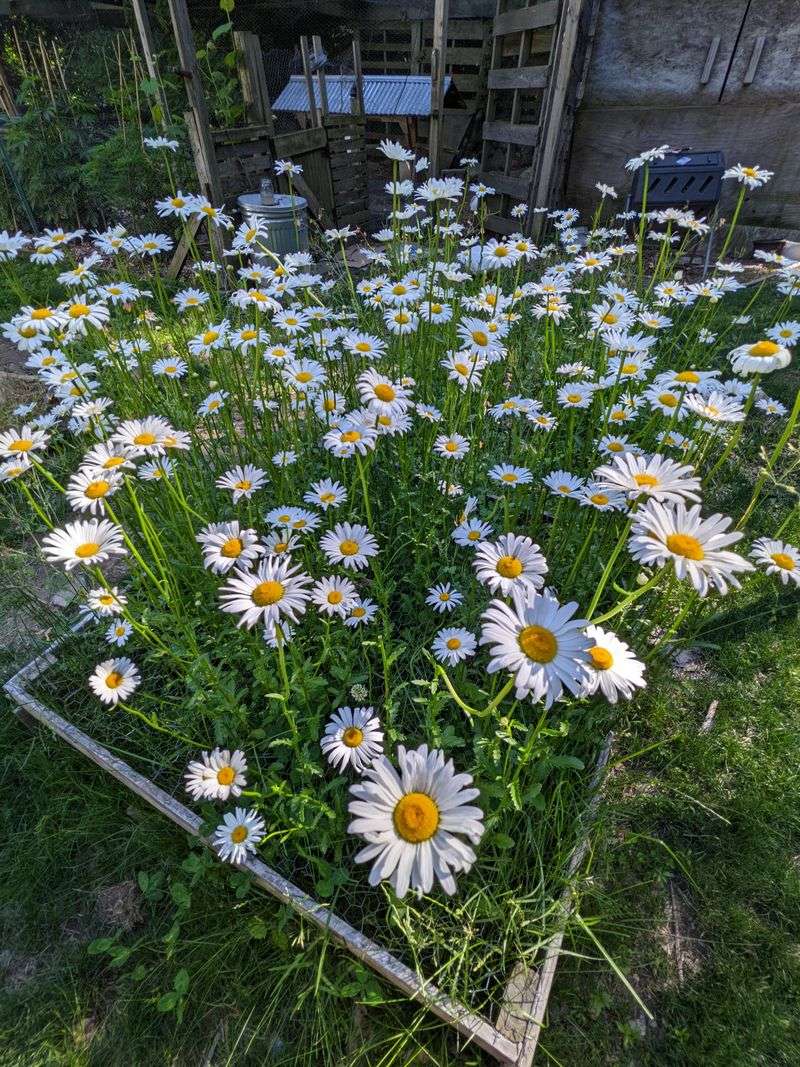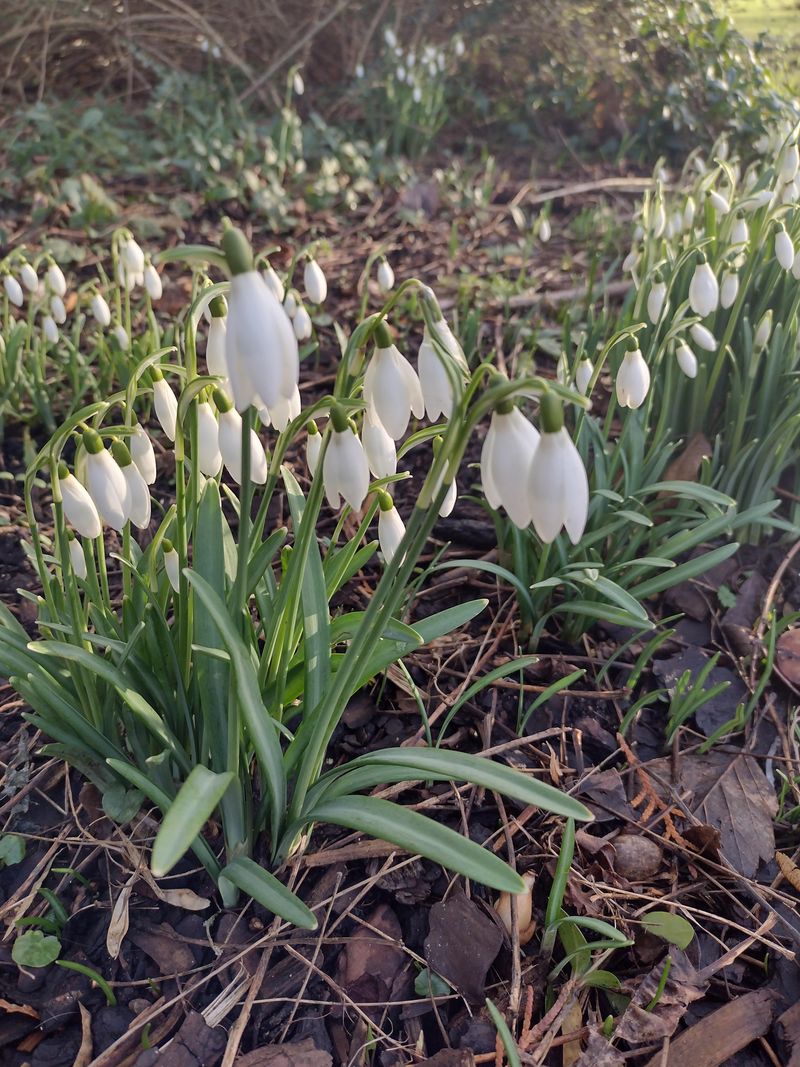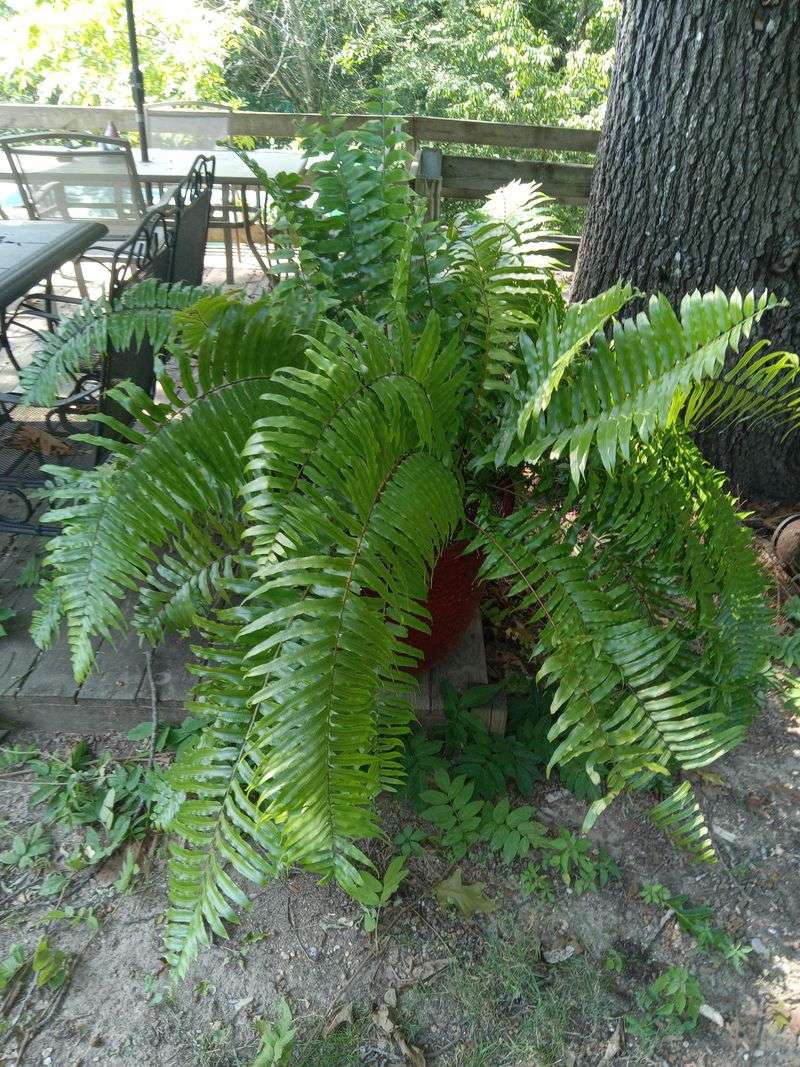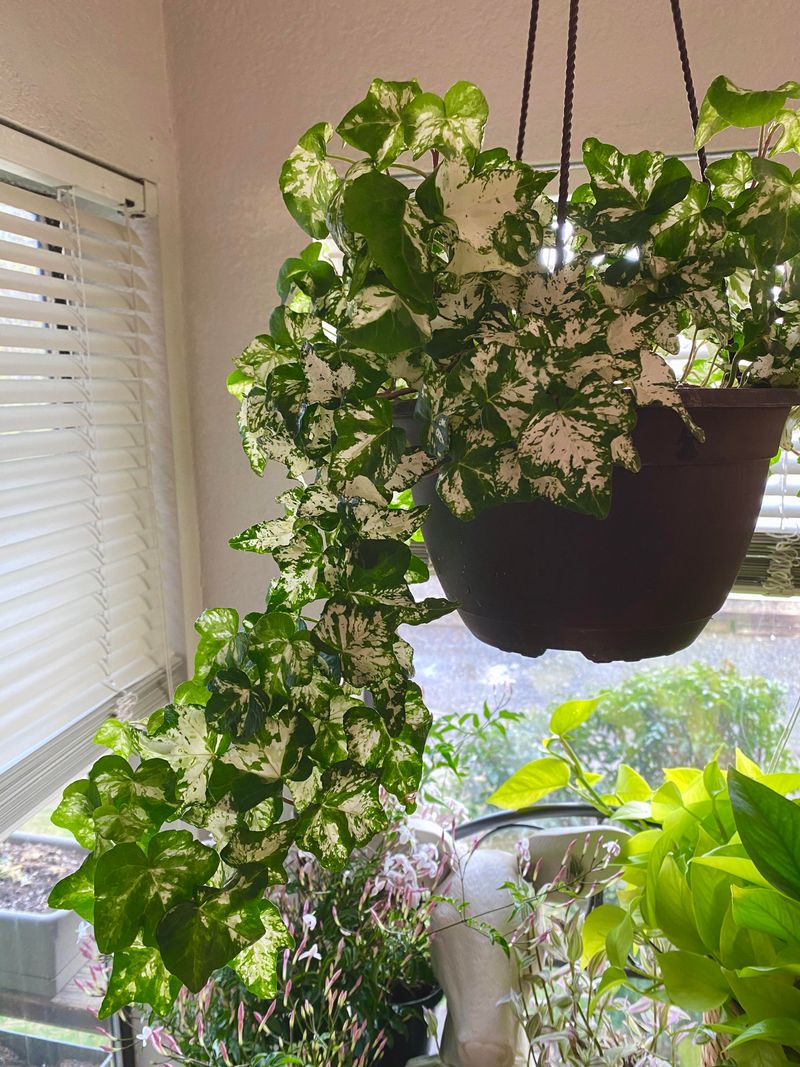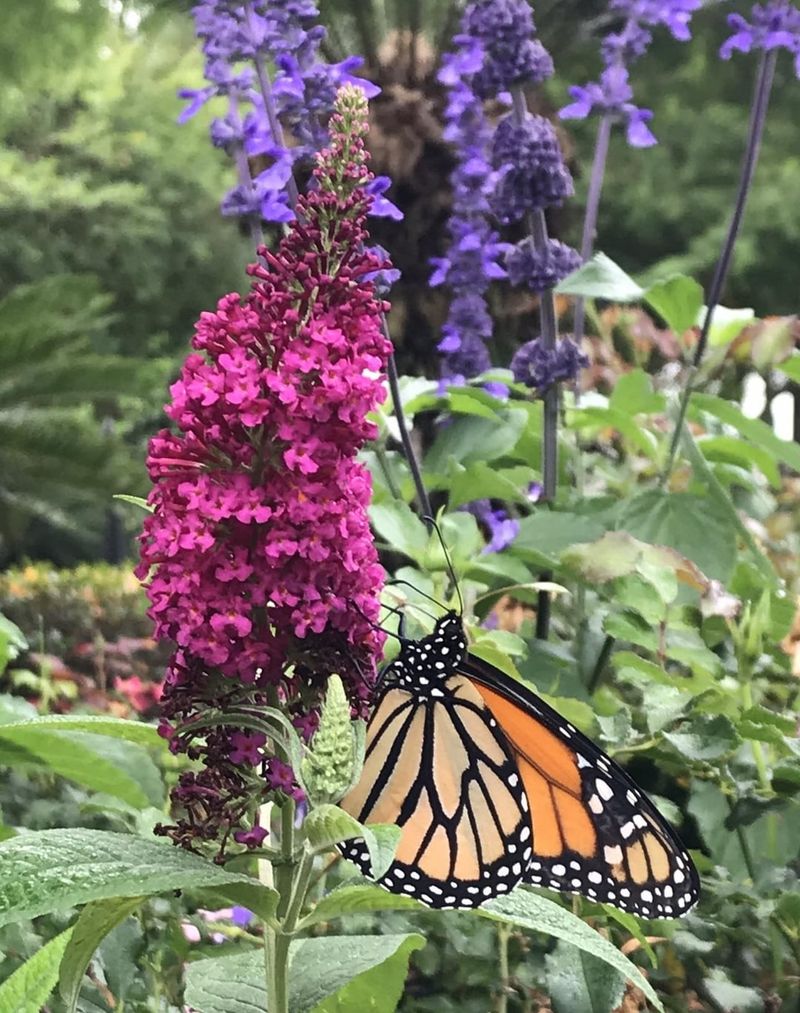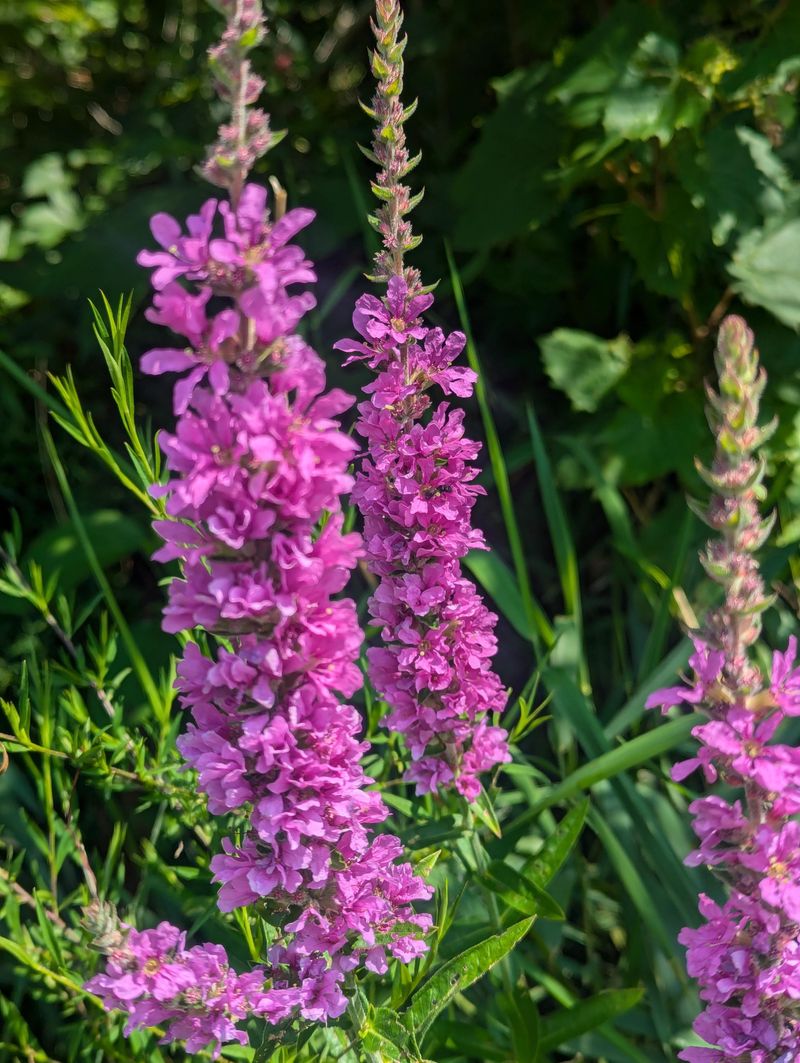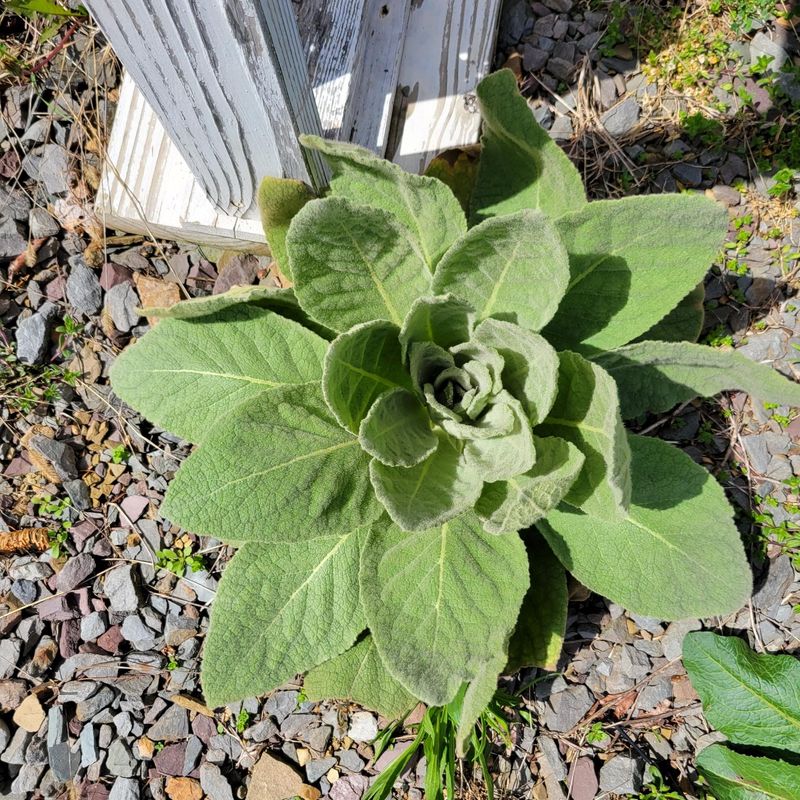Ready to transform your Pacific Northwest garden into a lush, vibrant oasis? With the right plants, you can create a stunning landscape that thrives in the unique climate of the region.
From colorful flowers to evergreen beauties, there’s no shortage of options to choose from. But not all plants are created equal—some may cause more trouble than they’re worth.
Here’s a list of 20 stunning plants to add to your garden, plus a few you might want to skip for the best results!
1. Alaska Iris
Gardening in the Pacific Northwest is like painting with nature’s palette. Alaska Iris, with its striking purple blooms, adds a splash of color that’s hard to resist.
These beauties love moist soil and can brighten up any shady spot. Water regularly during dry spells and deadhead spent flowers for continuous blooms.
2. Astilbe
Imagine your garden adorned with feather-like plumes swaying gently in the breeze. Astilbe, with its elegant pink or white flowers, thrives in shade and moist soil.
It’s perfect for adding texture and color beneath trees. Keep soil consistently damp and divide every few years to maintain vigor.
3. Bigleaf Maple
In the heart of Pacific forests, the Bigleaf Maple stands as a symbol of strength and beauty. Its massive leaves provide ample shade, while autumn transforms them into a golden spectacle.
Plant in well-draining soil and ensure adequate space for its expansive growth. Prune in late winter to shape and promote health.
4. Bleeding Heart
Romance your garden with the timeless beauty of Bleeding Heart. Its heart-shaped pink and white flowers dangle like dainty jewels, enchanting any shaded area.
Preferring cool, moist conditions, they beckon spring with their delicate charm. Mulch to retain moisture and trim back after flowering to rejuvenate the plant.
5. California Poppy
Sprinkle some sunshine with the vibrant hues of the California Poppy. Known for its fiery orange flowers, this poppy thrives in sunny, well-drained spots.
It’s perfect for adding a touch of warmth to your garden. Sow seeds in early spring and enjoy a carpet of color throughout summer.
6. Columbine
Step into a whimsical world with the enchanting Columbine. Its nodding, multi-colored flowers bring a fairy-tale feel to any garden corner.
These delicate blossoms love part shade and well-drained soil. Deadhead to prolong bloom and leave some seeds to self-sow for next season’s magic.
7. Coneflower (Echinacea)
Let the vibrant Coneflower be the star of your summer garden. Its bold pink and orange petals encircle a spiky cone, attracting butterflies and bees.
Thriving in full sun, it’s both beautiful and beneficial for pollinators. Cut back in late fall to encourage healthier growth next spring.
8. Coral Bells (Heuchera)
Foliage can be just as captivating as flowers, especially with Coral Bells. Their ruffled leaves, in hues ranging from green to deep purple, bring texture and color to any shady spot.
They thrive in well-drained soil, making them a perfect underplanting. Trim spent flower stalks and water during dry spells.
9. Foxglove
Towering spikes of Foxglove stand like sentinels, bringing height and drama to your garden. These tubular flowers in shades of pink and purple attract hummingbirds and add a touch of romance.
Preferring part shade and moist soil, these beauties will reward you with a tall display. Stake if needed and allow some seedlings to self-sow.
10. Goldenrod (Solidago)
Goldenrod, with its sunny disposition, is the golden touch your garden needs for late summer. Its bright yellow flowers attract pollinators, making it a wildlife favorite.
Plant in full sun with well-drained soil for best results. Pinch back in early summer to encourage bushier growth and prevent flopping.
11. Hellebore
As winter grips the garden, Hellebores stand unfazed, their delicate blooms defying the cold. These winter jewels, with colors from pale pink to green, brighten the frostiest days.
They thrive in shade and can handle the cold Pacific Northwest winters. Plant in well-drained soil and enjoy blooms from late winter into spring.
12. Hosta
Hostas bring a touch of elegance with their grand, variegated leaves. Ideal for shady spots, they come in an array of greens and whites, creating a lush backdrop.
They flourish in moist, well-drained soil and are a staple in any shade garden. Keep an eye out for slugs and snails, which love these as much as we do!
13. Lobelia
Add a splash of blue with Lobelia, a charming choice for containers and borders. Its vibrant blue flowers spill over edges, creating a waterfall of color.
They thrive in full sun to partial shade and appreciate regular watering. Pinch back tips to encourage bushier growth and keep them blooming all season.
14. Lupine
With their tall, colorful spikes in shades of purple and pink, lupines are the showstoppers of the perennial world. These vibrant blooms steal the spotlight in cottage gardens and sunny landscapes.
They thrive in well-drained soil, making them perfect for bright, open spaces. To get the most out of these beauties, be sure to deadhead after flowering to encourage a second round of blooms. With the right care, lupines will continue to dazzle season after season!
15. Moss
In the damp corners of your garden, moss can transform an ordinary space into a lush, green carpet. It’s perfect for shady areas where grass struggles to thrive.
Moss loves moisture and little to no sunlight, making it an easy-care ground cover. Mist regularly and keep free from debris to maintain its vibrant hue.
16. Oregon Grape (Mahonia aquifolium)
Adding year-round interest to your garden, Oregon Grape is a resilient native that shines with its glossy leaves and bright yellow flowers.
This evergreen shrub thrives in shaded areas and becomes drought-tolerant once established, making it a low-maintenance beauty. Perfect for creating a naturalistic look, Oregon Grape adds texture and color throughout the seasons.
17. Peony
If you’re looking to add a touch of elegance to your garden, peonies are the perfect choice. Their lush, fragrant blooms in soft pinks and whites scream grace and beauty, making them true garden royalty.
These long-lived wonders thrive in sunny spots with well-drained soil, offering years of stunning floral displays.
18. Red-twig Dogwood
Even in the depths of winter, the Red-twig Dogwood offers a striking display with its vivid red branches. It’s a beacon of color against the gray skies, making it a garden favorite.
This shrub thrives in moist soil and adapts to both sun and shade. Cut back old stems in early spring to encourage vibrant new growth.
19. Salvia
Looking to add some drama to your garden? Salvia is here to steal the show with its stunning purple blooms that dance in the breeze.
These drought-tolerant perennials are perfect for sunny spots, and they’ll attract bees and butterflies, bringing life and movement to your space.
20. Scabiosa (Pincushion Flower)
Delicate yet delightful, Scabiosa offers charming pincushion blooms that flutter in the breeze. With shades of lavender and pink, they’re perfect for borders and containers.
These sun-lovers adore well-drained soil, rewarding gardeners with prolonged blooms. Deadhead spent flowers and ensure regular watering during dry spells.
21. Sedum
Sedum is a tough, drought-resistant perennial that brings texture and color to rock gardens. Its fleshy leaves and clusters of pink flowers make it a low-maintenance favorite.
Plant in full sun and well-drained soil for best results. Divide every few years to maintain vigor and enjoy its resilience.
22. Shasta Daisy
Brighten up your landscape with the cheerful faces of Shasta Daisies. Their large, white blooms with sunny yellow centers brighten any garden bed.
They thrive in full sun and are resilient in a variety of soils. Deadhead regularly to prolong flowering and divide every few years to keep them thriving.
23. Snowdrop
As winter wanes, Snowdrops bravely poke through the frost, heralding spring. These dainty white flowers add a touch of hope to the coldest days.
They thrive in shady areas and well-drained soil. Plant in groups for a naturalized effect and allow foliage to die back naturally.
24. Sword Fern
Want to bring a touch of the wild into your garden? Sword ferns are the perfect choice, with their lush, arching fronds that create a stunning, prehistoric vibe.
These evergreen beauties thrive in the shade, adding texture and depth to your space
25. Western Red Cedar
The Western Red Cedar is a majestic conifer that brings towering elegance to any landscape. Its reddish bark and graceful branches offer a year-round spectacle.
This tree thrives in moist, well-drained soil and can tolerate shade. Prune sparingly to maintain its natural shape and enjoy its aromatic foliage.
26. Japanese Knotweed
Beware the invasive charms of Japanese Knotweed, a relentless grower that can overtake your garden with alarming speed. Its bamboo-like stems and lush greenery might seem appealing, but it’s a beast to control.
Left unchecked, it can damage structures and biodiversity. Avoid planting and seek professional help if it invades.
27. English Ivy
Though English Ivy might seem like a classic choice for cover, it’s more trouble than it’s worth in the Pacific Northwest. Its aggressive growth can smother trees and buildings, leading to structural damage.
It thrives in shade, making it difficult to eradicate once established. Opt for native alternatives to keep your garden balanced.
28. Butterfly Bush (Buddleia)
Despite its charming name, Butterfly Bush can be a problematic guest in your garden. It attracts butterflies, yes, but its invasive nature can crowd out native species.
It loves sunny spots and poor soil, making it hard to control once it takes root. Consider planting native alternatives to support local ecosystems.
29. Purple Loosestrife
Beware the beauty of Purple Loosestrife! While its striking spikes of purple blooms can steal the show, this plant has a darker side.
It thrives in moist areas and can quickly take over wetlands, disrupting local ecosystems and threatening biodiversity.
30. Lamb’s Ear
Think Lamb’s Ear is all softness and charm? Think again! While its silvery, velvety leaves are a delight to touch, this plant has a sneaky side.
It loves to spread and can quickly take over, pushing out other plants in your garden. Thriving in sunny, well-drained areas, it’s the perfect balance of beauty and boldness—if you’re not careful!

